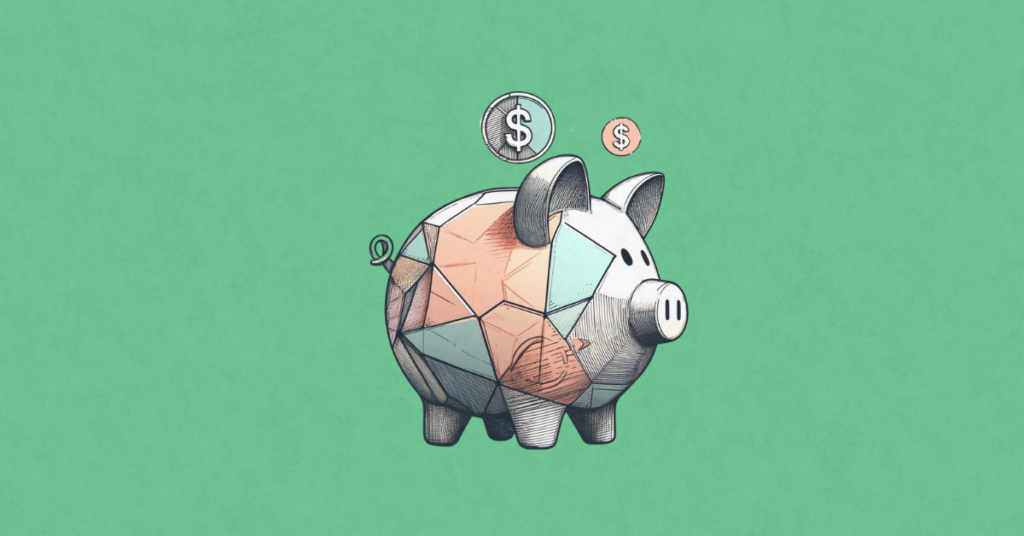One of the things the teams at CAVU talk about a lot is Refinement. Recently I joined our 16th Minute podcast for a discussion about how teams can take advantage of the benefits of a Refinement session.
This is a question that comes up a lot in my Product Owner coaching: How do we do good Refinement? What does good Refinement look like? And it is interesting because Refinement is not one of the five events in the Scrum Guide. In fact, it is barely mentioned in the Scrum Guide, which I think is a little bit of a disservice to teams.
One of the things I see consistently when I look at teams who are underperforming, is bad Refinement. I can almost always trace the route from underperformance back to really, really crappy Refinement. What I mean by crappy Refinement is that you get things into the Sprint, and then Godzilla pops behind out from every single record you are looking at. And suddenly, things you think will be easy become monumentally complex. It is because you did not spend enough time Refining in the right ways.
And it is not as much about having enough time Refining a lot of things. Teams spend lots and lots of time in Refinement, but while there they deep dive. They immediately get into solutioning, answering how things are going to be done, trying to really get to the core of specific problems. They do not understand the problem they are trying to solve, why the world’s going to be better.
Refinement is anything that we do to make big ideas small. I always talk about making a big idea small. Imagine a big circle, and then you make it a little bit smaller and a then a little bit smaller. That’s the idea of taking anything that we and break down the big ideas.
Refinement starts at the largest, most unspecific view of your product vision. Why does your product exist and what are all the things that you could possibly do with this product? Getting a product to this point, our vision for why we exist as a company and as a product, is the first step in Refinement. The team needs a North Star that you are guiding to. And once you have that North Star, that vision statement, then you can break that vision statement down into specific goals you want to achieve over certain time period.
Some teams like to use objectives and key results (OKRs), which is a phenomenal way to say “Alright, this is my vision, this is where I’m going. This is where I want to achieve the year.” Then every 90 days, let’s begin to break down that really big idea into smaller components and build out OKRs. There are a lot of great ways to do that, but I highly encourage you to do this first.
You might be asking “Where does that product vision come from?” The product vision starts at the highest level of Refining. It will typically come from a founder or from a CEO or even from Senior Product leaders in an organization. The vision says this is why we exist, and this is our goal. The vision also defines what will be different about the world in a year and two years and five years because we exist. That comes from the leadership in your organization.
Each team is then going to get their part of that vision. The Product Owner Refines and understands what it is their team will contribute to the vision. Once you have that vision, you can see why we exist, what our goal is, and what we are going to achieve for the next 12 months. In Refinement, you want to break that down a little bit smaller, maybe into a 30-day or 90-day cycle. At CAVU we use OKRs for this. OKRs are a powerful tool to be able to give focus and direction to your team. We set 90 Day goals because there are a lot of things we can build from that.
Notice I have not started with “what’s the thing we’re going to build?” One of the fatal flaws I see teams do is say “we’re going to go build a thing”. They are focused on output. A great example is “let’s go build this app, this app is going to be great, we’re going to build the app and make a billion dollars off of it”. The reality is most ideas, and most apps, suck and should not be built.
So instead of outputs, and most outputs allow you to build things that do not necessarily have value, we want to focus on outcomes. What are the benefits? How have you made the world better? OKRs are an effective way to communicate those “how the world is going to be better because you exist” kinds of things. What are the big rocks we are moving? How are we going to get there? Once you understand the problems you are solving in Refinement, you can bring the human beings who have the problems into the room with the people on the Scrum team who are going to solve the problem.
By bringing everyone together, your stakeholders can describe the problem and help the team better understand the problem. This also helps the team think about ways the problem could be solved. Now the team can create some Product Backlog Items (PBIs) and acceptance criteria to help us know that we have solved the problem. By focusing on problems, we are able quickly get a team to building value rather than trying to build a thing.
I coach teams to really focus on problems, and more importantly, getting humans together. The way we create value in this world is one group of people, the Scrum team, solves problems experienced by another set of humans. Every single team that creates value on the face of this planet that has ever existed, has created value by solving problems, not by building stuff.

Episode 3 of the 16th Minute podcast featured Chris talking about Refinement.
You can listen here!








